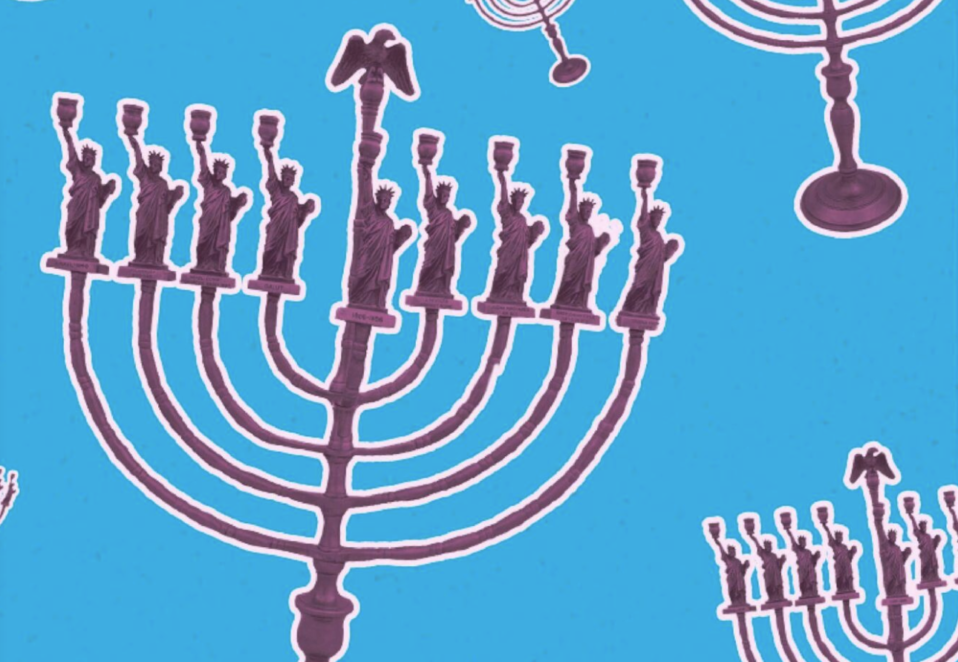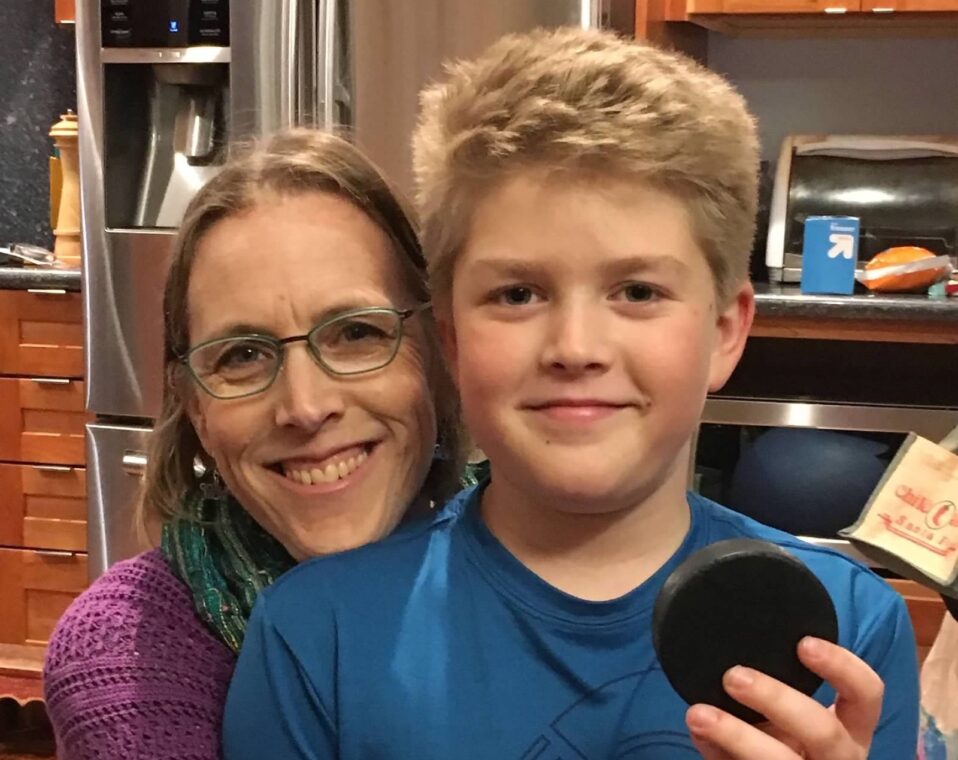Every year, the president proclaims May Jewish American Heritage Month, but what is it exactly? In 2006, President George W. Bush officially established May as Jewish American Heritage Month (JAHM) after a campaign led by Representative Debbie Wasserman Schultz, and with the co-sponsorship of the late Senator Arlen Specter. Learn more about the creation of JAHM in this week in history and the Library of Congress.
This proclamation helps us celebrate the contributions of Jewish Americans, and urge the people of the United States to learn more about Jewish history, culture, and the community of Jewish Americans. Here are some ideas to help you celebrate Jewish Americans in a variety of settings, including family education programs, youth groups, classrooms, and summer camps.
Do an Oral History Interview
In the spring of 2010, when ESL teacher Deborah Ross attended the first ever White House reception for Jewish American Heritage Month, she found herself in the company of many Jewish Americans, all of whom had been invited to attend because of their contributions to American life. She “wondered how they would answer the question: How has being Jewish affected your life and career? Is that why you are here?”
She undertook to explore these questions in a series of hour-long interviews with Jewish women living in the Washington, D.C. area. Each of them had been an active member of the community — a physician in a neighborhood clinic, a pioneer broadcaster, a food writer, a woman’s rights lawyer, a filmmaker, a rabbi, an artist, an advocate for women’s health. Jewish Women’s Archive (JWA) has created an online exhibit based on her interviews to commemorate Jewish American Heritage Month.
If you want to do a project like Deborah’s, JWA’s list of Twenty Questions is a good place to start, and In Our Own Voices, by Jayne K. Guberman, provides the tools needed to conduct interviews with American Jewish women. You can download the book for free from jwa.org.
Host a Screening of Making Trouble
JWA’s entertaining documentary, Making Trouble, introduces six of the greatest comedians of the last century — Molly Picon, Fanny Brice, Sophie Tucker, Joan Rivers, Gilda Radner, and Wendy Wasserstein—all Jewish women. Hosted by four of today’s leading comics—Judy Gold, Jackie Hoffman, Cory Kahaney, and Jessica Kirson — it’s the true saga of what it means to be Jewish, female, and funny.
Host a screening at your school, synagogue, or community center. Buy a copy of the DVD to enjoy at home. Visit the website for details.
Hang a poster of one or more of the 18 trailblazing Jewish women featured in JWA’s poster series in your home, office, classroom, library, synagogue, or any place else. Order one for $5 or the whole set for $25, including shipping and handling.
Sing a New Song: Jews, Music, and the Civil Rights Movement
By no means all American Jews backed the Civil Rights Movement, but Jewish women and men did make up a large percentage of those white Americans who participated actively in rallies, sit-ins, marches, voter registration drives, and Freedom Rides. As they stood shoulder to shoulder with African Americans, they were strengthened by the same freedom songs. Use a letter of a Jewish civil rights activist and a selection of freedom songs to explore how this music, based in the African American church, helped bridge racial and religious boundaries and build a sense of community.
Lesson Plans: The American Jewess on liberation and freedom
This set of “Go & Learn” lesson plans features an editorial from the April 1897 issue of The American Jewess exploring the relationship between two holidays that celebrate freedom—Passover and the 4th of July. The editor, Rosa Sonneschein, asks what it means for Jews to celebrate Passover in the context of American religious and national freedom.
More Lessons: Writing Home, a Letter from an Early American Jew
These lessons for youth, adults, and family groups use a letter from Rebecca Samuel, an immigrant from Germany who describes her life in Virginia in the late 1700s, as the basis for interactive sessions on Jewish immigration.
View more resources in the original article published in the Jewish Women’s Archive website.
Photo caption: Hanukkah menorah by Manfred Anson. Weitzman National Museum of American Jewish History, 2011.139.1. Donated by Dr. Aaron Feingold in honor of Zara Feingold and Rachel Feingold.






